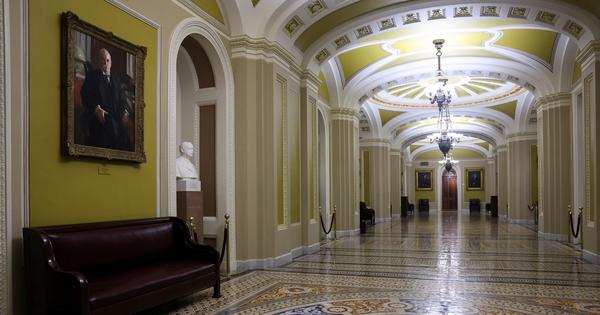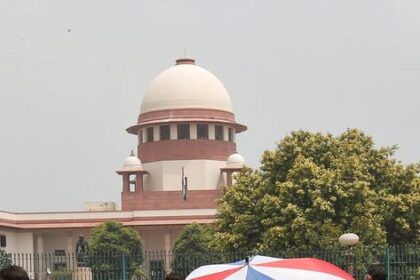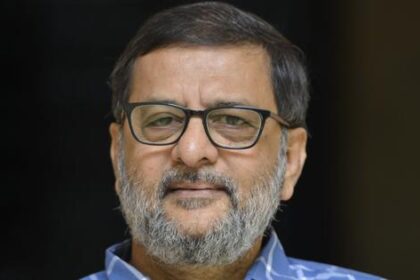Strong partisan divisions lead to furloughs for federal workers as operations halt temporarily.
The United States government has entered a shutdown phase after failing to secure an agreement on federal funding between the White House and Congress. This situation arose just ahead of a scheduled deadline, leading to significant disruptions in government operations. Reports indicate that over 7.5 lakh federal employees are anticipated to be furloughed or temporarily discharged during this period. Additionally, some workers may face termination as a result of the standoff, which has been attributed to ongoing political disagreements.
Several government offices will be closed as the shutdown takes effect, creating uncertainty for various programs and services. Despite the halt in many operations, it is expected that the US will continue deporting undocumented migrants during this time. However, education and environmental programs are now facing an unclear future regarding their funding, raising concerns about their continuity and impact.
The impasse can be traced back to the Senate’s rejection of a short-term spending measure. This legislation would have allowed government services to continue operating through November 21. The proposal faced opposition from the Democrats, who argued that it did not include an extension of health benefits for millions of Americans. These benefits are set to expire at the end of the year, potentially leading to increased insurance premiums across the nation. Republicans, on the other hand, have insisted that such matters should be addressed independently, further complicating negotiations.
Despite holding majorities in both the Senate and the House of Representatives, the Republicans are encountering challenges in passing spending bills. Such legislation requires the support of at least 60 senators, which means that seven Democrats would need to join their ranks for any measure to succeed. This situation marks the 15th government shutdown in the US since 1981, with most previous shutdowns lasting only a few days. The longest shutdown occurred between December 2018 and January 2019, lasting 35 days amid a dispute over border security during Donald Trump’s first term.
Leading up to the current situation, Trump had expressed a desire to avoid a shutdown. However, Senate Democratic leader Chuck Schumer accused the administration of attempting to “bully” the Democratic Party into compliance. Schumer asserted that the administration’s strategy would not succeed in coercing the opposition.
In contrast, Senate Republican leader John Thune characterized the failed short-term spending legislation as a “nonpartisan” measure that Democrats had previously accepted without issue. He pointed out that the dynamics have shifted since Trump assumed the presidency, suggesting that the current political climate is primarily responsible for the ongoing stalemate. Thune emphasized that there is no substantial reason for the government to be shut down, highlighting the deepening political divisions at play in the funding negotiations.








